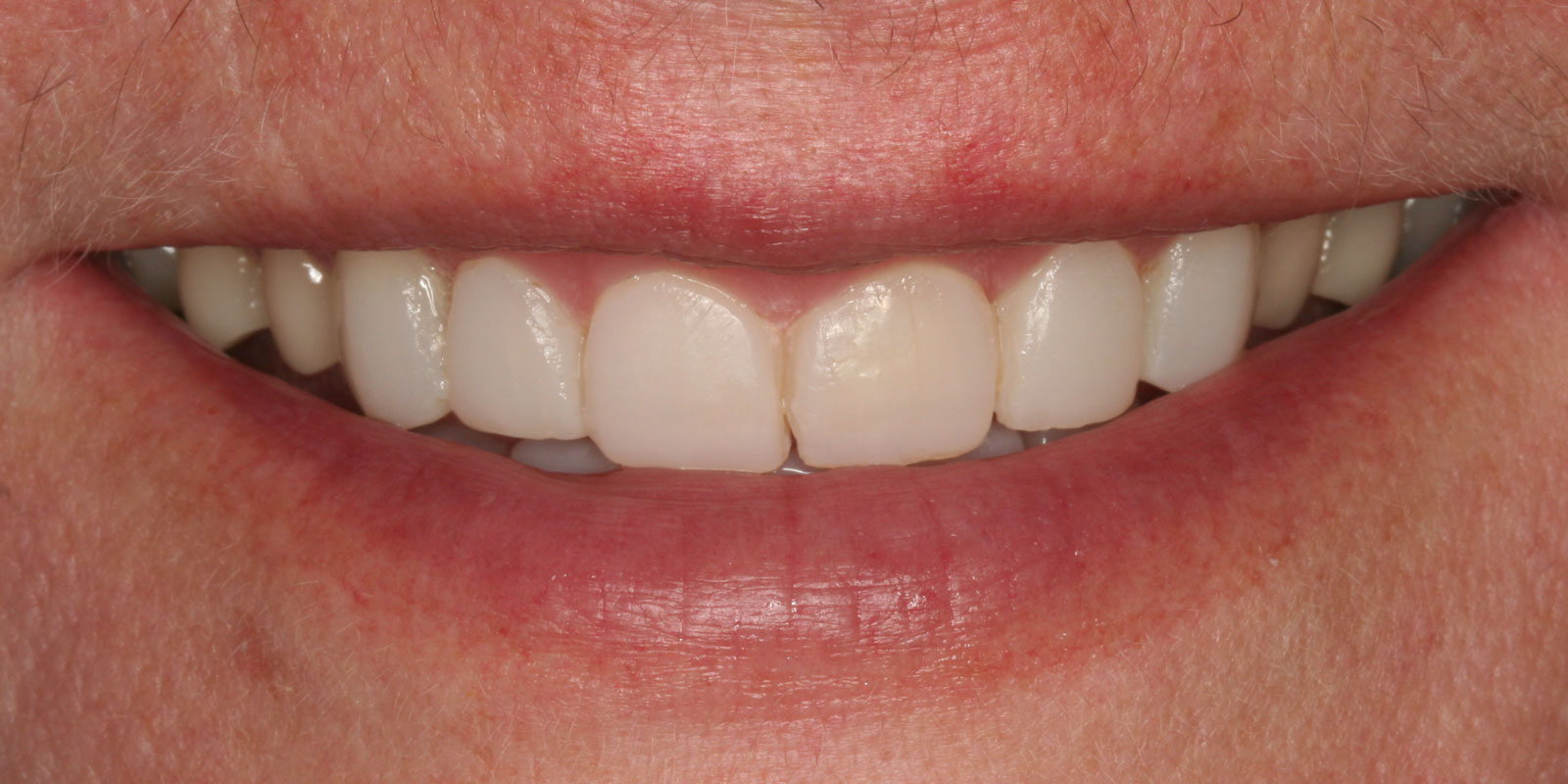What is composite bonding?
Composite bonding is the application of white filling material to your front teeth to adjust their shape and colour. Compared to porcelain, white filling material has the advantage of being a lower investment and requiring minimal removal of healthy tooth tissue. It works well for replacing small portions of teeth.
The main disadvantage of white filling material is that it does not look quite as natural as porcelain. It is also built up on the surface of your teeth, so we are not able to control colour and shape as effectively. When used to replace larger portions of teeth it has a tendency to chip and stain and will not last as long as porcelain.
Request an appointment

